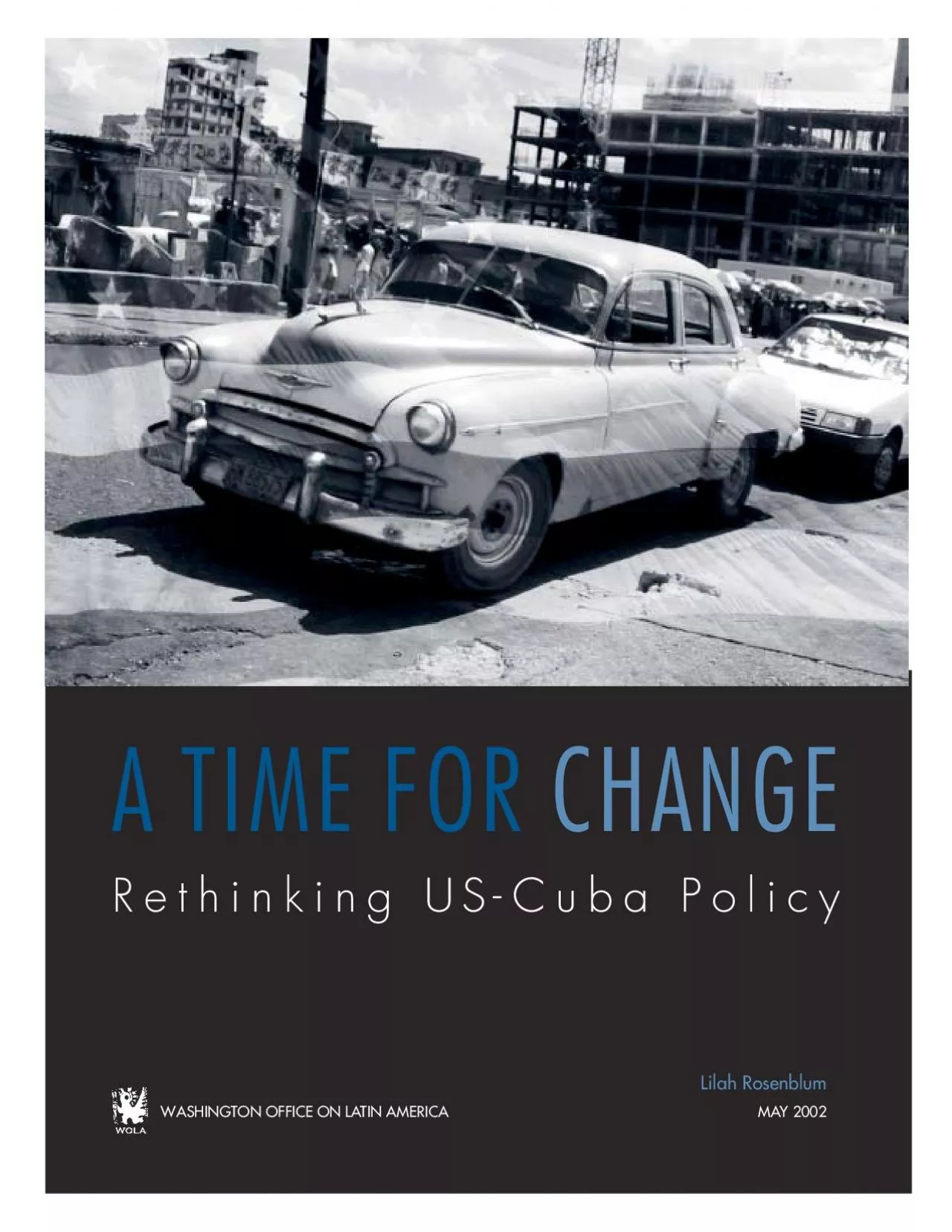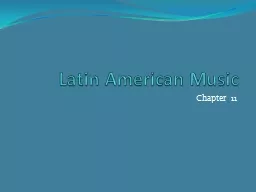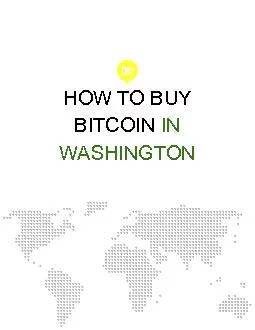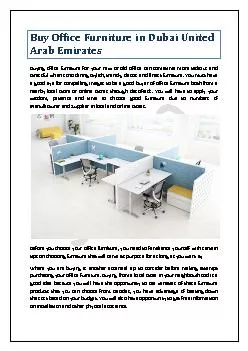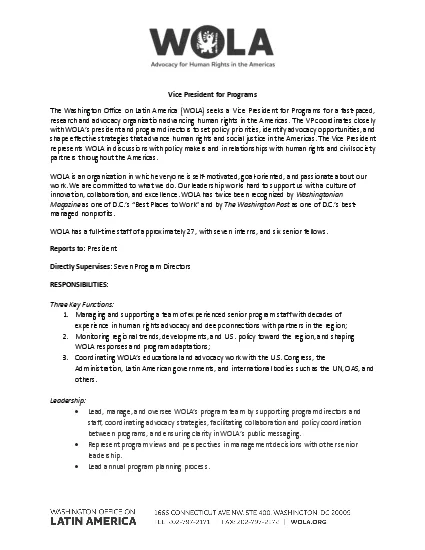PDF-RethinkingUSCubaPolicy WASHINGTON OFFICE ON LATIN AMERICAMAY 2002
Author : hazel | Published Date : 2021-09-01
The Washington Office on Latin America WOLA promotes human rights democracy andsocial and economic justice in Latin America and the Caribbean WOLA facilitates dialoguebetween
Presentation Embed Code
Download Presentation
Download Presentation The PPT/PDF document "RethinkingUSCubaPolicy WASHINGTON OFFICE..." is the property of its rightful owner. Permission is granted to download and print the materials on this website for personal, non-commercial use only, and to display it on your personal computer provided you do not modify the materials and that you retain all copyright notices contained in the materials. By downloading content from our website, you accept the terms of this agreement.
RethinkingUSCubaPolicy WASHINGTON OFFICE ON LATIN AMERICAMAY 2002: Transcript
Download Rules Of Document
"RethinkingUSCubaPolicy WASHINGTON OFFICE ON LATIN AMERICAMAY 2002"The content belongs to its owner. You may download and print it for personal use, without modification, and keep all copyright notices. By downloading, you agree to these terms.
Related Documents

